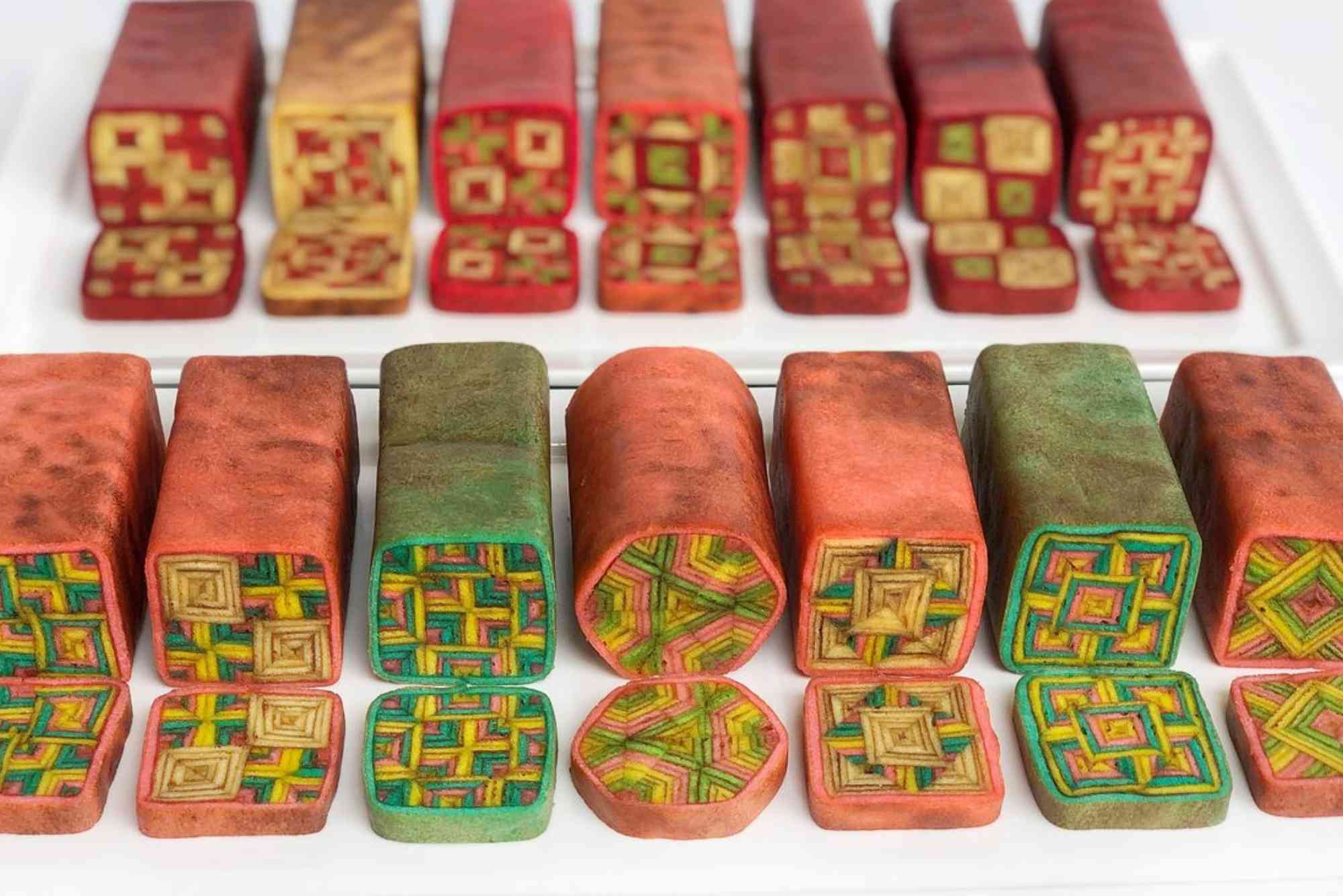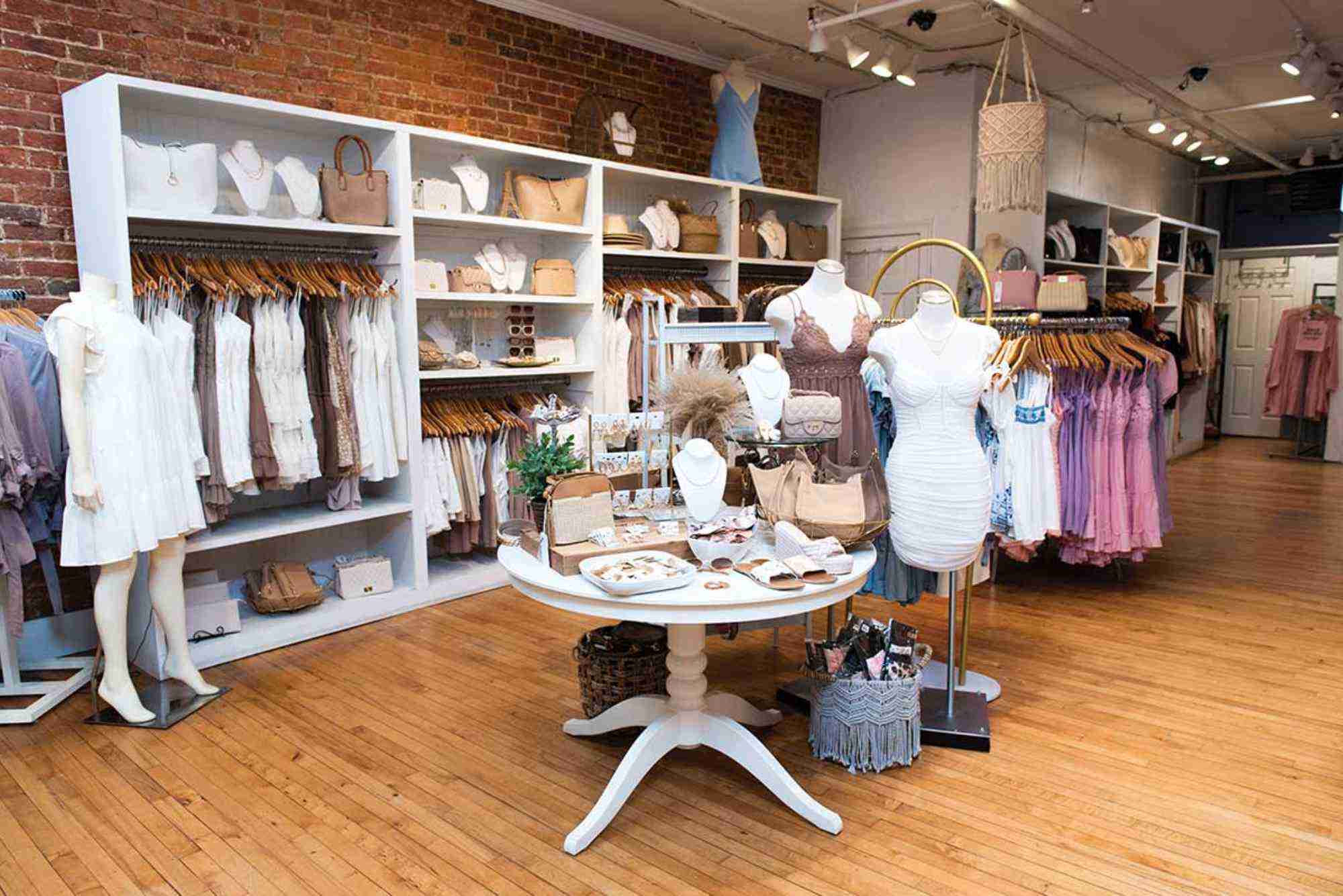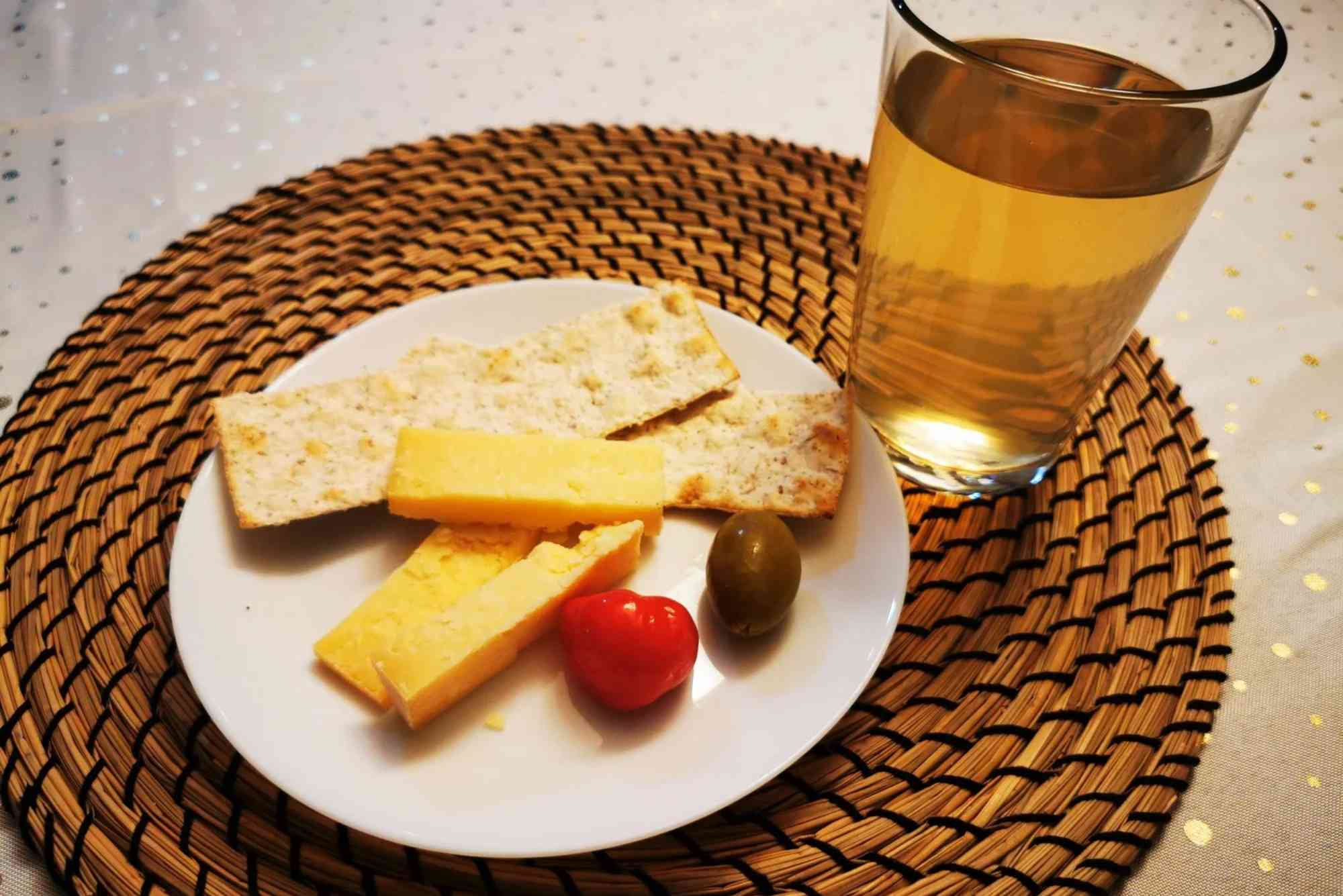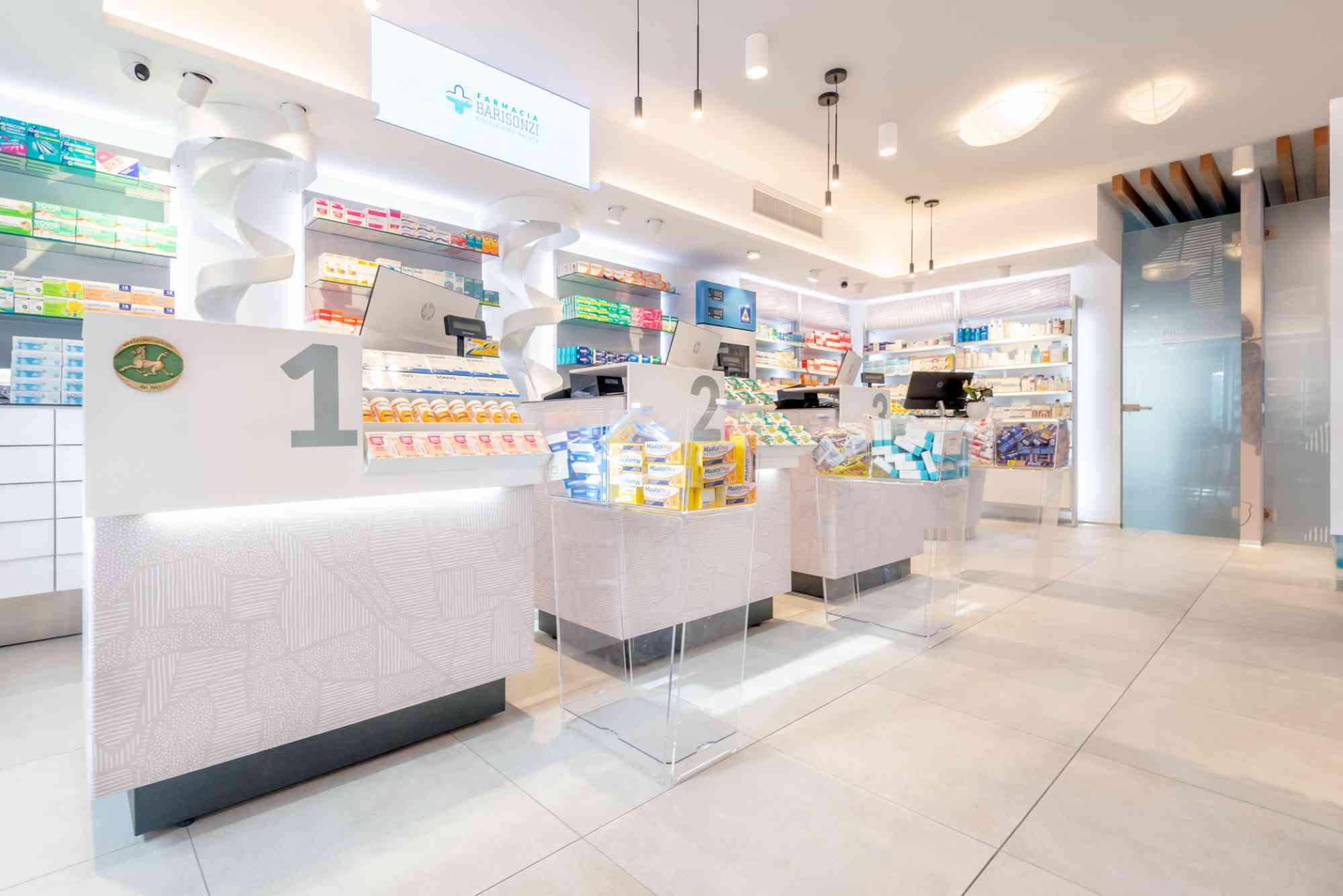Introduction
Malaysia Sarawak, located on the island of Borneo, is a treasure trove of culture, flavors, and artisanal craftsmanship. Known for its lush rainforests, vibrant indigenous communities, and culinary heritage, Sarawak offers experiences that delight both the palate and the senses. Among its most celebrated offerings are Sarawak pepper, the colorful layered cake called kek lapis, and an array of traditional crafts that reflect the region’s rich heritage. For travelers and culinary enthusiasts alike, exploring these unique elements provides an authentic taste of Sarawak’s identity.
Sarawak Pepper: The King of Spices
Sarawak pepper is one of Malaysia’s most prized exports and is renowned worldwide for its quality and distinctive flavor. Grown predominantly in the fertile soils of Sarawak’s highlands, this pepper has a rich aroma and a nuanced taste that enhances both local and international cuisine. The unique climatic conditions of Sarawak, including high humidity and consistent rainfall, contribute to the pepper’s characteristic boldness and complexity.
The process of cultivating Sarawak pepper is labor-intensive, requiring careful attention to soil, watering, and harvesting techniques. Each peppercorn is handpicked and sun-dried to preserve its essential oils, which give the spice its signature aroma and taste. Chefs and home cooks favor Sarawak pepper for its versatility, as it complements a variety of dishes, from traditional Sarawak laksa to international culinary creations.
Beyond its culinary value, Sarawak pepper holds cultural significance. It symbolizes the region’s agricultural expertise and sustainable farming practices, offering visitors insight into local life and the importance of pepper cultivation to Sarawak’s economy. Experiencing pepper plantations firsthand allows travelers to connect with the land and understand why Sarawak pepper is often called the “King of Spices.”
Kek Lapis Sarawak: A Sweet Cultural Icon
Kek lapis Sarawak, or Sarawak layered cake, is another emblematic offering from the region. Its origin traces back to colonial influences and local creativity, evolving into a cake that is both visually stunning and delicious. The multi-layered cake is characterized by its intricate patterns and vibrant colors, often achieved through precise baking techniques and a combination of spices, cocoa, and butter.
Each layer of kek lapis is carefully baked to maintain its shape and texture. The process demands patience and skill, as even slight errors can affect the cake’s appearance. Traditionally, the cake is flavored with ingredients such as cinnamon, nutmeg, or pandan, reflecting Sarawak’s rich spice heritage. Modern variations incorporate chocolate, coffee, or fruit essences, catering to contemporary tastes while retaining cultural authenticity.
Kek lapis is not only a culinary delight but also a cultural expression. It is often prepared for festive occasions such as Hari Raya, Christmas, and weddings, symbolizing celebration, togetherness, and craftsmanship. The cake’s design often mirrors Sarawakian motifs, making it a fusion of art and flavor. Sampling kek lapis offers a sensory journey through Sarawak’s history, highlighting how tradition and innovation harmonize in local cuisine.
Traditional Crafts of Sarawak: Artistry Rooted in Heritage
Sarawak’s crafts are as diverse and vibrant as its landscapes. The region is home to numerous indigenous groups, including the Iban, Bidayuh, and Orang Ulu, each contributing unique artistic styles that have been passed down for generations. Crafts Places in Sarawak range from intricate beadwork and handwoven textiles to wood carvings and basketry, showcasing the creativity and skill of local artisans.
One of the most iconic crafts is the weaving of traditional textiles, often featuring elaborate patterns and vivid colors. These fabrics are used for ceremonial clothing, home décor, and souvenirs, offering both aesthetic appeal and cultural insight. Beadwork, another prominent art form, involves meticulous assembly of tiny beads into necklaces, bracelets, and decorative pieces. Each design carries symbolic meaning, reflecting community values, stories, and spiritual beliefs.
Wood carving is also deeply ingrained in Sarawak’s cultural identity. Artisans carve elaborate motifs onto masks, sculptures, and furniture, often depicting animals, ancestral spirits, or daily life scenes. These carvings are not merely decorative; they serve as a medium for storytelling and preserving local heritage. For visitors, exploring craft villages or markets provides an immersive experience, allowing them to witness the artistry, dedication, and history behind each piece.
Experiencing Sarawak: A Journey of Taste and Creativity
A trip to Sarawak offers a blend of culinary exploration and cultural immersion. Visiting pepper plantations and participating in spice tastings enables travelers to appreciate the meticulous process behind Sarawak pepper, while sampling kek lapis provides a sweet, layered experience of tradition and flavor. Engaging with local artisans in craft villages or markets deepens the understanding of Sarawakian life, offering tangible connections to the region’s heritage.
Travelers can explore towns like Kuching, the capital of Sarawak, where craft shops, bakeries, and spice markets coexist, creating a vibrant sensory landscape. Culinary tours often include hands-on workshops, allowing visitors to try their hand at baking kek lapis or seasoning dishes with Sarawak pepper under the guidance of local experts. Craft workshops offer similar experiences, with visitors learning weaving techniques, beadwork assembly, or wood carving basics. These activities enrich the travel experience, turning observation into active participation.
Beyond these experiences, Sarawak’s natural beauty enhances the journey. The rainforests, rivers, and national parks provide a scenic backdrop, while local hospitality ensures travelers feel welcomed and immersed in the culture. Sampling food, exploring crafts, and engaging with locals transform a visit into a holistic experience that appeals to all senses.
Preserving Tradition Amid Modernization
While Sarawak continues to develop economically and infrastructurally, there is a conscious effort to preserve its culinary and artistic heritage. Pepper cultivation maintains sustainable practices, ensuring quality while protecting the environment. Artisans balance traditional methods with modern demands, producing crafts that appeal to contemporary consumers without compromising authenticity.
Kek lapis makers innovate by introducing new flavors and designs while honoring time-honored baking techniques. Cultural centers and craft villages actively promote the preservation of indigenous skills, providing platforms for artisans to showcase their work to locals and tourists. By valuing tradition alongside innovation, Sarawak successfully retains its cultural identity while adapting to global trends.
Discover Sarawak’s Flavors and Crafts
Malaysia Sarawak is a destination where taste, creativity, and culture converge. From the pungent, aromatic Sarawak pepper to the visually stunning and flavorful kek lapis, and the intricate, meaningful traditional crafts, the region offers an immersive experience for travelers seeking authenticity. Each element tells a story of heritage, craftsmanship, and dedication, inviting visitors to engage fully with Sarawak’s culture.
Planning a trip to Sarawak promises not only culinary delight but also a deeper understanding of the region’s people and traditions. Whether sampling a pepper-infused dish, enjoying a slice of layered cake, or admiring handcrafted art, visitors can savor experiences that are uniquely Sarawakian. Explore Sarawak, embrace its flavors and artistry, and take home memories that celebrate both taste and tradition.
FAQ
What makes Sarawak pepper unique?
Sarawak pepper is grown in highland plantations, offering bold aroma, rich flavor, and consistent quality due to the region’s fertile soil and climate.
Where can I buy authentic kek lapis in Sarawak?
Kuching is the best place to purchase authentic kek lapis, available at specialty bakeries, markets, and craft shops.
Are Sarawak crafts suitable as souvenirs?
Yes, traditional crafts like beadwork, textiles, and wood carvings are ideal souvenirs, showcasing local artistry and culture.
Can I visit pepper plantations in Sarawak?
Yes, guided tours of pepper plantations are available, allowing visitors to see cultivation, harvesting, and processing firsthand.
Is kek lapis only available during festivals?
No, while commonly associated with celebrations, kek lapis is available year-round in bakeries across Sarawak.
What types of crafts are prominent in Sarawak?
Beadwork, weaving, and wood carving are prominent, reflecting the heritage of indigenous communities.




